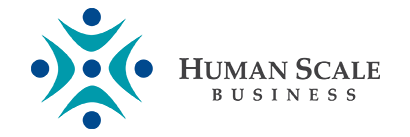Prioritizing Problems Over No-code Tools

How can one avoid becoming overly enamored with tools at the expense of solving the actual problem?
The allure of turning ideas into tangible products without a steep learning curve is undoubtedly tempting, and the marketplace has responded with a plethora of platforms. But with this explosion of options comes a new challenge: how does one select the right tool for the job, and how can one avoid becoming overly enamored with tools at the expense of solving the actual problem?
Love the Problem, Not the Tool
This aphorism underscores a fundamental principle in any kind of problem-solving but is especially poignant in today’s technological milieu. Too often, individuals and companies fall into the trap of acquiring a shiny new tool and then attempting to retrofit all problems to fit that tool. This phenomenon is captured in the saying, “When all you have is a hammer, everything looks like a nail.” It suggests that our solutions can become narrowly constrained by the tools we possess, preventing us from seeing a broader range of potential answers to a given challenge.
Our solutions can become narrowly constrained by the tools we possess.
Before diving headfirst into the dazzling world of no-code or low-code platforms, it’s imperative to develop a deep understanding of the problem, objective, or process that needs addressing. By placing the problem at the center of our focus, we can make more informed decisions about which tool (or tools) will provide the most effective and efficient solution.
Invest in Foundational Tools
In the rush to leverage the latest tools, we might overlook simpler, more straightforward solutions. Moreover, it’s essential to recognize our own limitations. We simply don’t have the capacity to become adept at every tool available in the rapidly evolving landscape of software development.
Our energy might be better spent in profound mastery rather than superficial familiarity.
Instead of spreading ourselves thin trying to be a jack-of-all-trades, a more strategic approach would be to invest significant time in mastering a few foundational tools that offer broad utility. This does not mean we shouldn’t be open to new tools, but that our energy might be better spent in profound mastery rather than superficial familiarity.
To draw a parallel, consider the world of music. A master guitar player, intimate with the intricacies of their instrument, can produce soul-stirring melodies from even the most basic guitar. In contrast, a novice, even with the most sophisticated instrument, will not achieve the same level of artistry.
Prioritize Problems Over Tools in a World Abundant with Options
The rise of no-code and low-code platforms is undoubtedly a boon, offering unprecedented opportunities for innovation and democratization of software creation. However, in this exhilarating era, it’s vital to remember that tools, as powerful as they might be, are just a means to an end. At the heart of any successful project or solution is a clear understanding of the problem and a deliberate, thoughtful approach to choosing the right tools for the job.
